Top 10 Places to Visit in Winchester during a dayout or one-day trip. Learn about the most historical and interesting places in the city of Winchester.
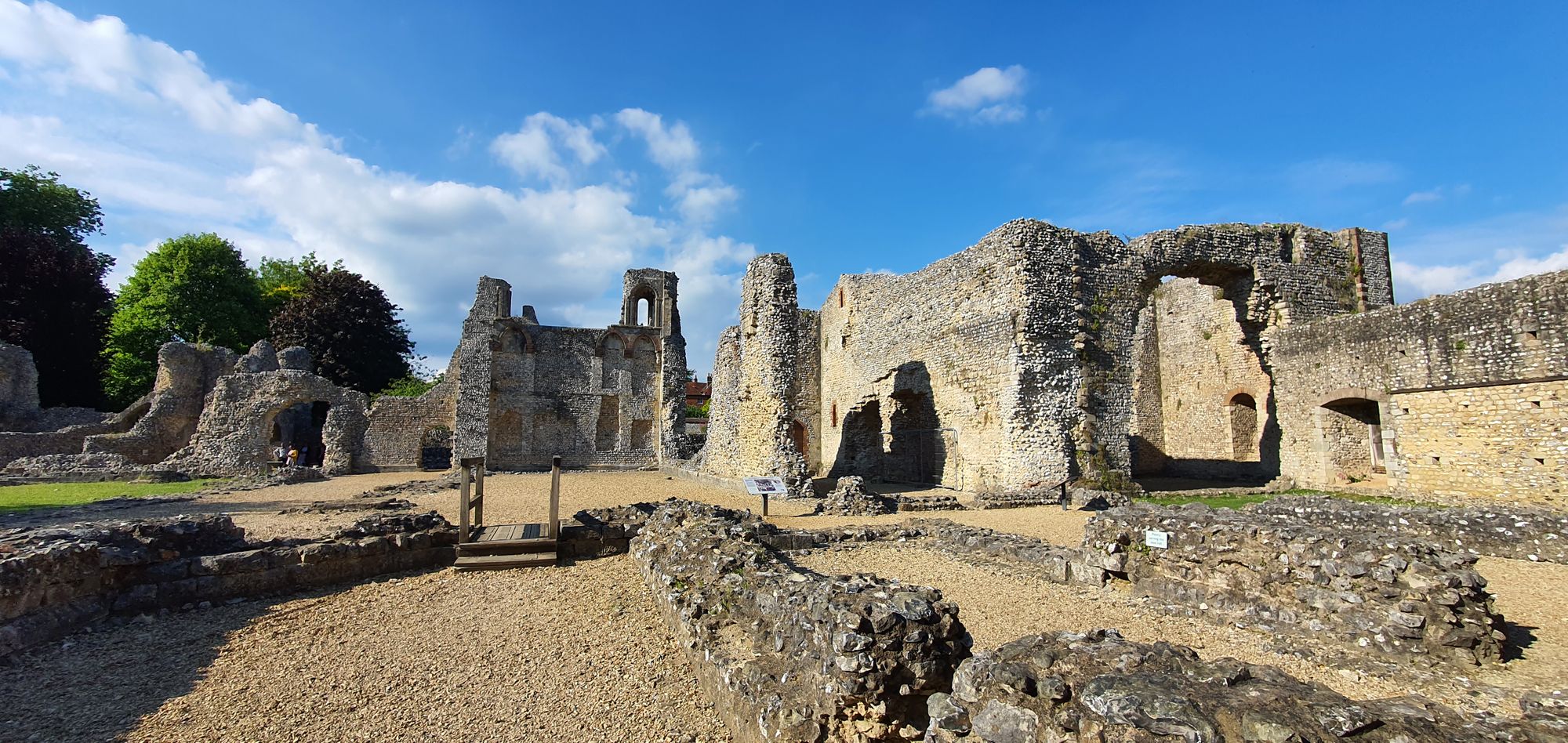
Winchester is a city in South England in the county of Hampshire. It is one of the most historic places in England and here you will find very medieval architecture.
This blog will outline 10 places that you must see when visiting Winchester. If you want to plan a day trip see my other blog on Visiting Winchester in a Day to learn more =).

The Great Hall in Winchester is what remains from the Winchester castle. It is a 13th-century hall home to the legendary of King Arthur's Knights Round Table. The round table contains inscriptions of the knights' names.
It is located at 10 minutes walk from Winchester train station next to Westgate and it is free to visit. You may find local tours between 11am and 3pm depending on the day.
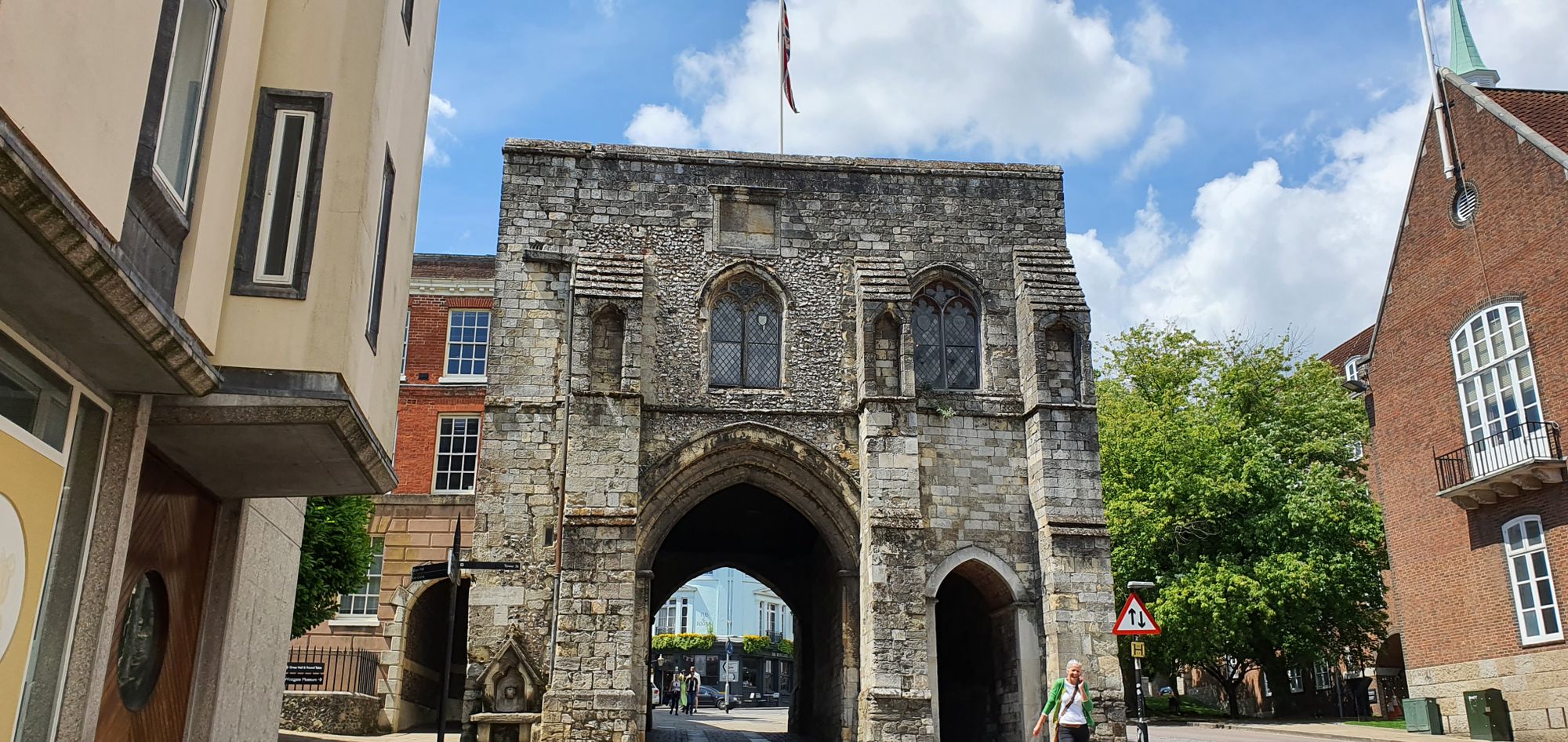
Westgate is one of the surviving fortified medieval gateways. It is currently used as a museum and repository of city archives. It is located round the corner of the Great Hall described above.

Winchester's Buttercross Monument marks the start of Winchester's high street containing variety of stalls and street food.
You can find this monument walking straightdown from Westgate. It is a nice place to buy souveniers, have some food or drinks, as well as other goods.
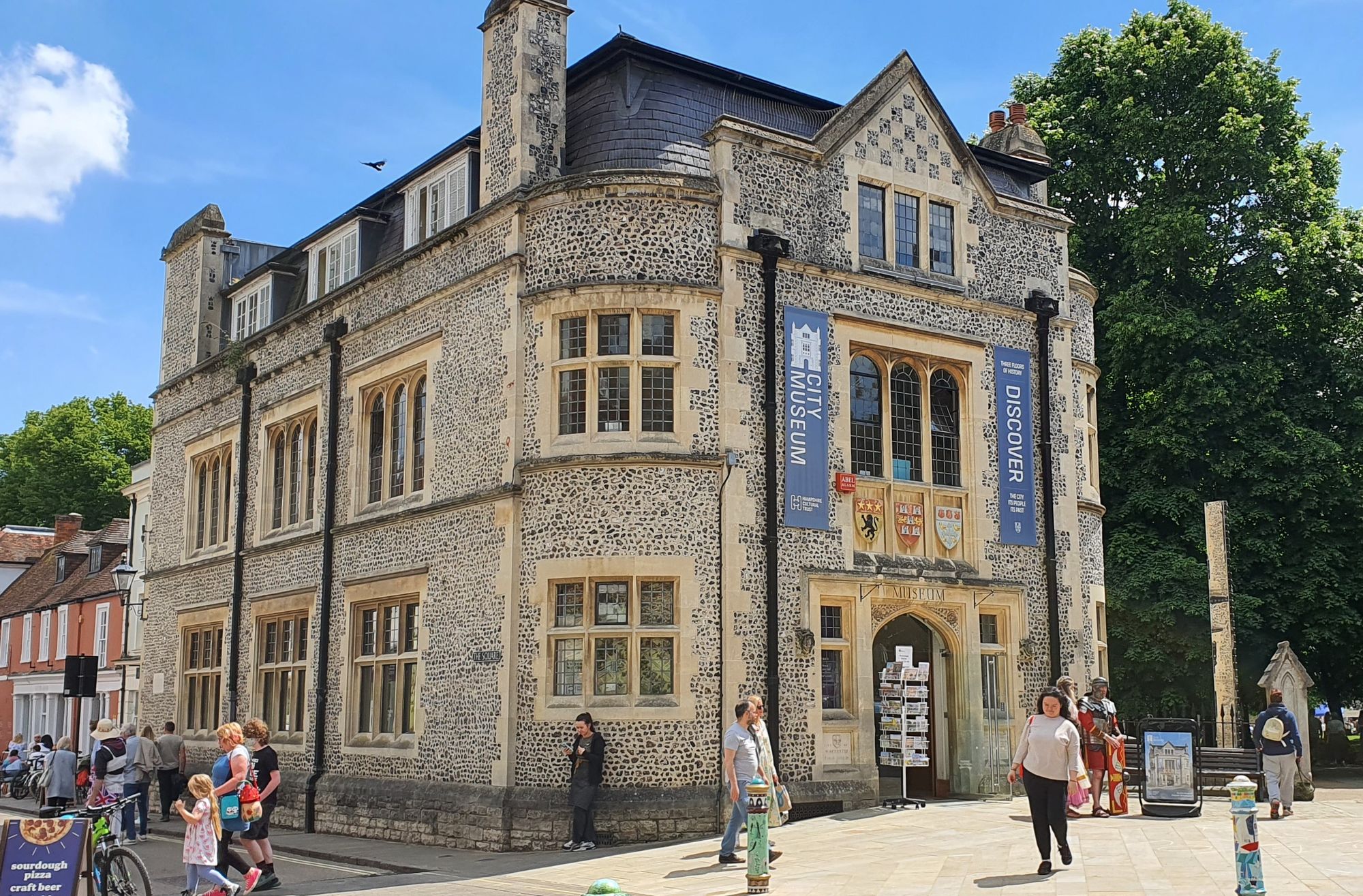
Located aside of the Buttercross monument and next to the Winchester Cathedral, this 3-level building tells the story of England’s ancient capital. Here you will be able to learn about the origins of Winchester, King Alfred the Great, famous British novelist Jane Austen, and more.
You only need to pay once to visit all year. Adult prices cost £5.50 and children under 5 go free.

A medieval Anglican and Gotic-style cathedral with around 1,000 years of history. Winchester Cathedral has the longest nave (central part of a church) and longest overall lenght of a Cathedral in Europe. It is definately one place that you cannot miss as they start building it in the 7th century. You can tell which parts of the cathedral are older than the others, specially since it was demolish by the Normans' invasion in 1066 and later rebuilt.
Located next to the Winchester City Museum, you will need to pay £10 (children under 16 go free) to go inside and there is also options to have a guided tour inside the cathedral or explore it yourself and ask questions along the way.
Kingsgate is the other surviving fortified medieval gateway of the city of Winchester. It is located 3 minutes away from the Cathedral and behind it you will find Jane Austen's house.
Jane Austen is a 18th century novelist who romanticised rural England. Jane Austen spent her last days in Winchester and is buried in the Cathedral's north nave aisle.

One of the historic Camino de Santiago route taken by pilgrims coming from Northern Europe, also known as 'Camino Ingles'. It connects to Canterbury which is around 120 miles away or 39h walking.
It was the first time I heard about the 'Camino Ingles' and other Camino de Santiago routes located in Northern Europe as I though that these were only in Spain. You can find more the Camino Ingles in the caminoways website.
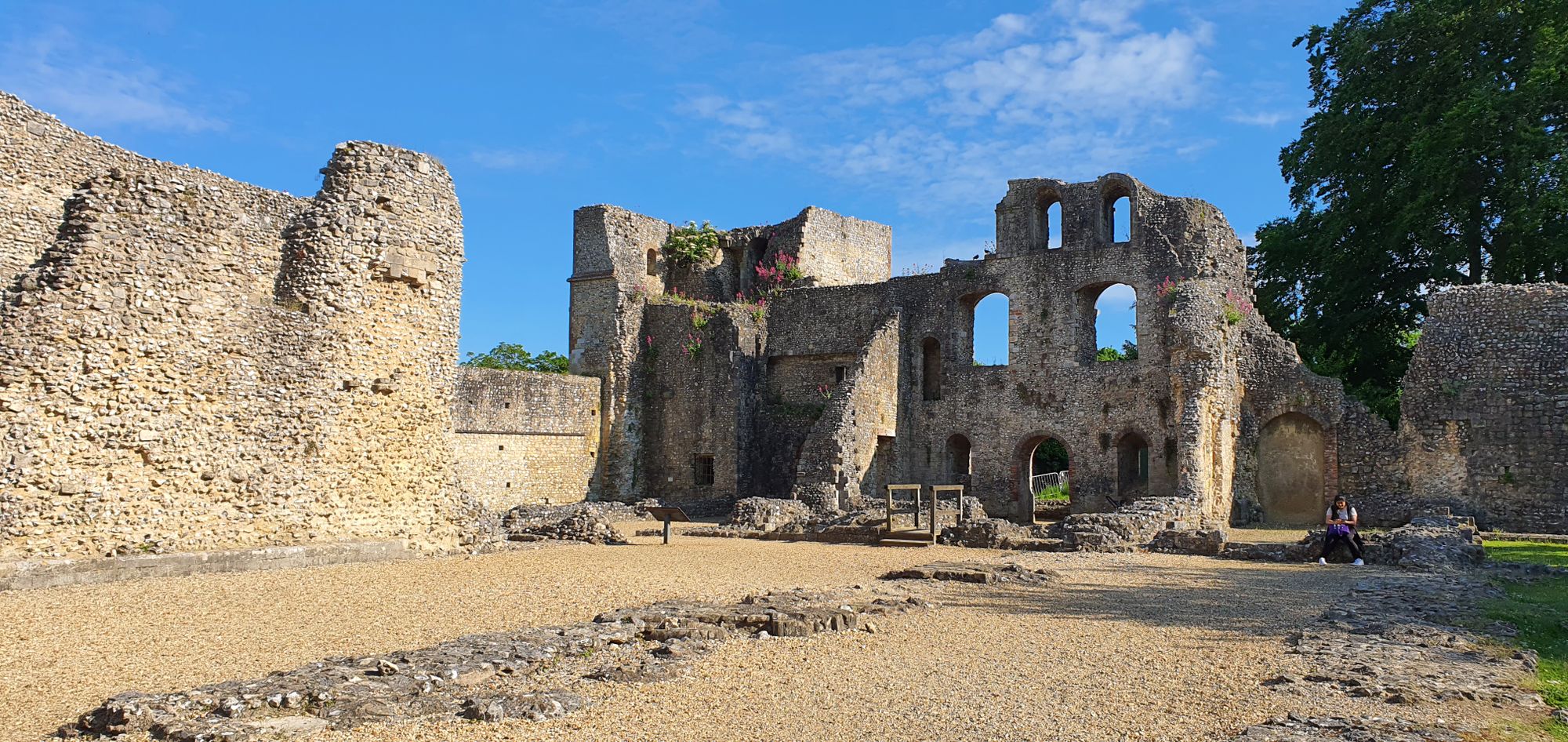
Wolvesey became the residence of the bishops of Winchester in the late 10th century. Its name means 'Wolf's Island' and it is located in the higher ground between two streams of the river Itchen. Through the medieval period, the bishops held one of the highest positions of power in the English church and national politics.
What remains now is known as the 'old bishop's palace' and are considered monumental remains. You can still explore the ruins and explore the place by foot.
King Alfred was a Anglo-Saxon king in the 9th century mostly famous for defending Wessex kingdom (now made up of counties of Hampshire, Dorset, Wiltshire, and Somerset) against the Vikings. He also made good laws and translated books from Latin to English to improve education.
You can find its statue at the end of Winchester high street market or near the river Itchen.
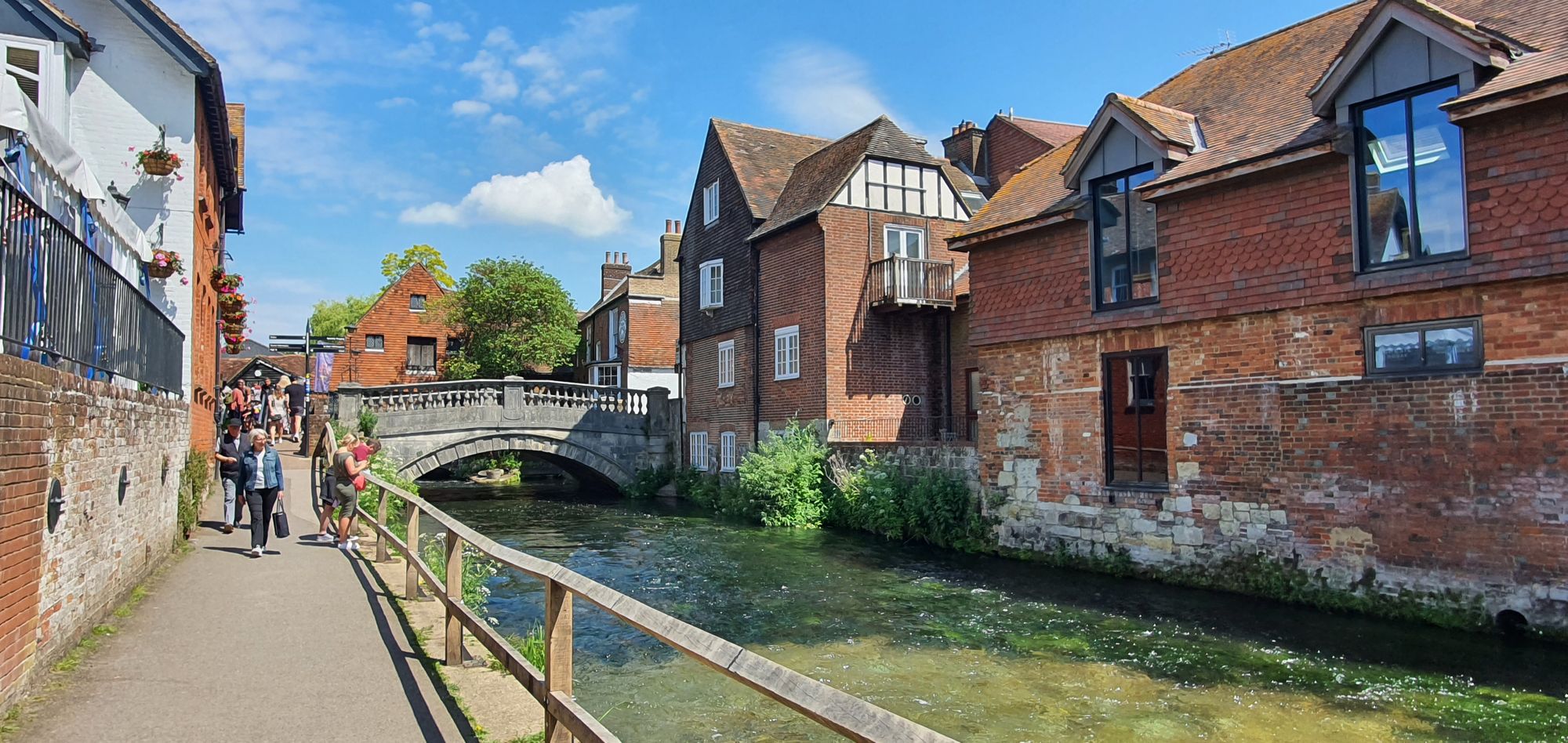
Winchester city mill is probably the oldest working watermill in the UK. A watermill is a mill that uses a water wheel or water turbine to generates energy via hydropower. In Winchester, it was mainly used to produce traditional stoneground wholemeal flour utilising the river Itchen clear waters to operate.
If you reached the end of this blog and are interested in planning a trip to Winchester visit my other blog on Visiting Winchester in a Day to help you planning your trip =D.
Want to know what to do on your next trip? Explore our growing blogs in our MapScratched Travel Blogs site and use the filters that we provide to plan your trips faster.
If you want to become an author FOR FREE and share your travel experiences with other adventurers, make sure you fill in our very short travel author form.